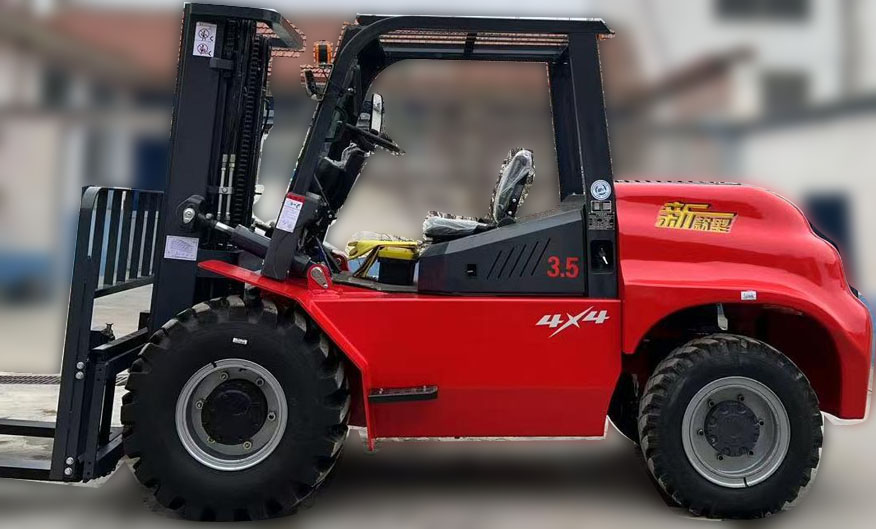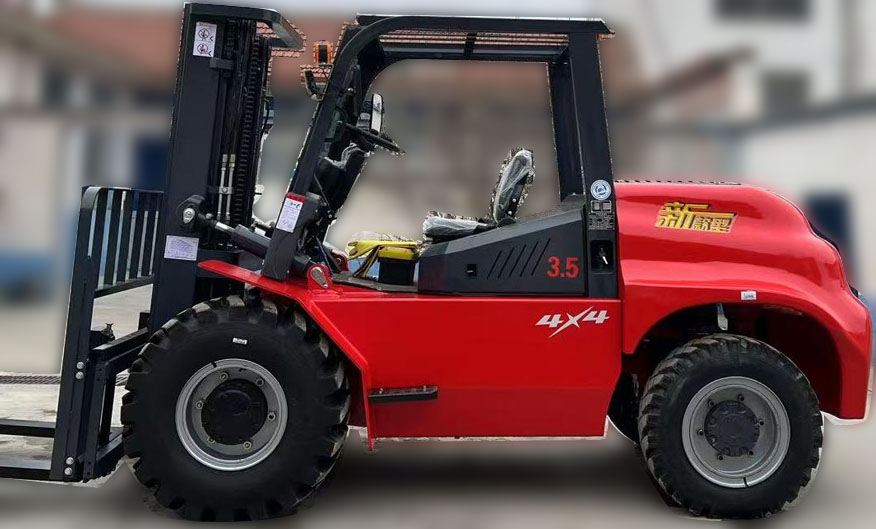The Hidden Wonders of Urban Green Spaces
2025-06-12 03:00:24
In the heart of concrete jungles, urban green spaces serve as silent guardians of balance. Parks, community gardens, and even small pocket parks offer a respite from the relentless pace of city life. Studies have shown that spending just 20 minutes in a green space can significantly reduce stress levels, thanks to the calming effects of nature. These areas are not just aesthetic additions but essential components of a healthy urban ecosystem.
Biodiversity thrives in these unexpected havens. From pollinators like bees and butterflies to birds and small mammals, urban green spaces provide critical habitats. Native plants and trees attract local wildlife, creating micro-ecosystems that contribute to broader environmental health. Cities that prioritize green infrastructure often see a noticeable increase in species diversity, proving that nature and urbanization can coexist harmoniously.
Community bonds are strengthened in these shared spaces. Urban gardens, for instance, bring neighbors together, fostering a sense of belonging and collective purpose. Events like farmers' markets or outdoor yoga sessions turn parks into social hubs, breaking down the isolation often felt in densely populated areas. The ripple effects of these interactions extend beyond recreation, building resilient and connected communities.
Despite their benefits, urban green spaces face threats from overdevelopment and neglect. Advocacy for their preservation is crucial, as is innovative design to integrate them into expanding cities. Rooftop gardens, vertical forests, and green roofs are just a few examples of how urban planners are reimagining nature in metropolitan areas. The future of cities depends on our ability to cherish and expand these vital green lungs.
In conclusion, urban green spaces are far more than decorative elements—they are lifelines. By investing in and protecting these areas, we not only enhance our quality of life but also ensure a sustainable future for generations to come. The call to action is clear: prioritize green spaces, and let nature thrive amidst the steel and stone.









